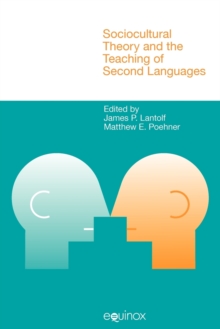
An Introduction to Relational Network Theory : History, Principles and Descriptive Applications Paperback / softback
by Adolfo Garcia, Sarah Tsiang
Part of the Equinox Textbooks & Surveys in Linguistics series
Paperback / softback
Description
This book offers an updated introduction to Relational Network Theory (RNT), a neurocognitive model of language compatible with systemic-functional tenets.
It describes and illustrates the logical types of relations found in a linguistic network.
Part I traces the evolution of RNT from the 1960s to the present, highlighting its systemic and stratificational origins, introducing its main notational devices, and identifying successive theoretical milestones (from structural, to operational, to neurocognitive considerations).
Part II offers an unprecedented collection of case studies showing descriptive applications of RNT.
The studies deal with varied linguistic phenomena in different languages (phonological patterns in Russian, morphological systems in Polish and Spanish, pronouns and nouns in English discourse, speech errors in English and Polish).
The book is prefaced by Michael Halliday and includes a recent interview with Sydney Lamb, the main developer of the theory.
Its didactic style and descriptive rigor render it useful for both linguistics students and professional linguists.
Information
-
Only a few left - usually despatched within 24 hours
- Format:Paperback / softback
- Pages:248 pages, 60 figures
- Publisher:Equinox Publishing Ltd
- Publication Date:01/05/2017
- Category:
- ISBN:9781781792612
£35.00
£30.45
Information
-
Only a few left - usually despatched within 24 hours
- Format:Paperback / softback
- Pages:248 pages, 60 figures
- Publisher:Equinox Publishing Ltd
- Publication Date:01/05/2017
- Category:
- ISBN:9781781792612










